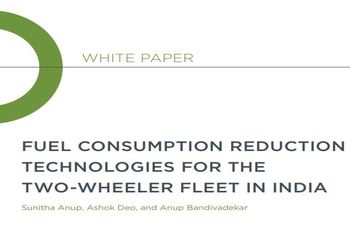
Carbon Footprint Comparison Analysis of Passenger Car Segment Electric and ICE Propelled Vehicles in Kuwait
Publication Year: 2023
Author(s): Doust M, Otkur M
Abstract:
The use of electric vehicles (EVs) has gained significant potential due to the decrease in fossil fuel reserves and environmental drawbacks of internal combustion engine (ICE) propelled vehicles. Examples include battery electric vehicles (BEVs), hybrid electric vehicles (HEVs), and plug-in hybrid electric vehicles (PHEVs). EVs have zero in-use emissions, but well-to-wheel emissions need to be considered for a realistic carbon footprint effect. In countries with limited renewable energy sources, such as Kuwait and other GCC countries, the benefits of EVs decrease. This study analyzes CO2 emissions for two passenger segment vehicles with different prime movers: ICE and electric motor (EM). Longitudinal vehicle models were developed using MATLAB/Simulink software, and the generated CO2 emissions were compared using the Kuwait DC driving cycle. The results showed that BEVs generated fewer CO2 emissions nearly half of what ICE propelled vehicles generated.
Source of Publication: Alexandria Engineering Journal
Vol/Issue: 79: 438-448p.
DOI No.: 10.1016/j.aej.2023.08.033
Country: Kuwait
Publisher/Organisation: Elsevier
Rights: Creative Commons
Theme: Vehicle Technology | Subtheme: ICE vehicles
Related Documents
Research Papers/Articles
Abstract:
Low-carbon fuel standards (LCFS), which regulate the carbon intensity of fuels supplied to tra... Read More
Research Papers/Articles

Fuel Consumption Reduction Technologies for the Two-Wheeler Fleet in India
Published Year: 2021
Abstract:
Research Papers/Articles
Fuel Consumption From Light Commercial Vehicles in India, Fiscal Year 2018–19
Published Year: 2021
Abstract:
This paper examines the fuel consumption... Read More



